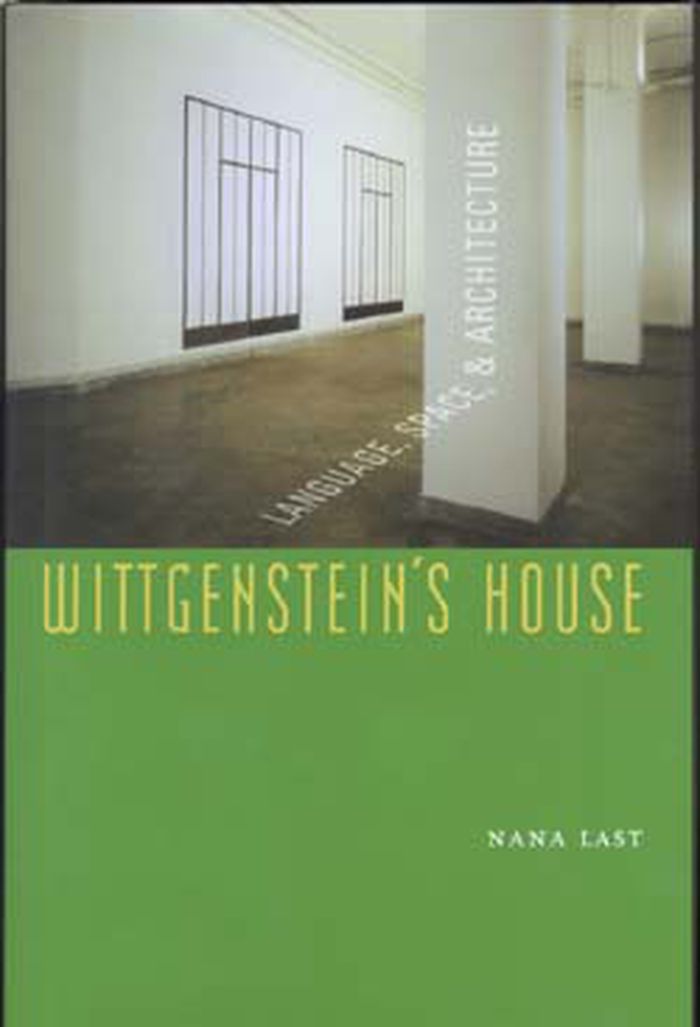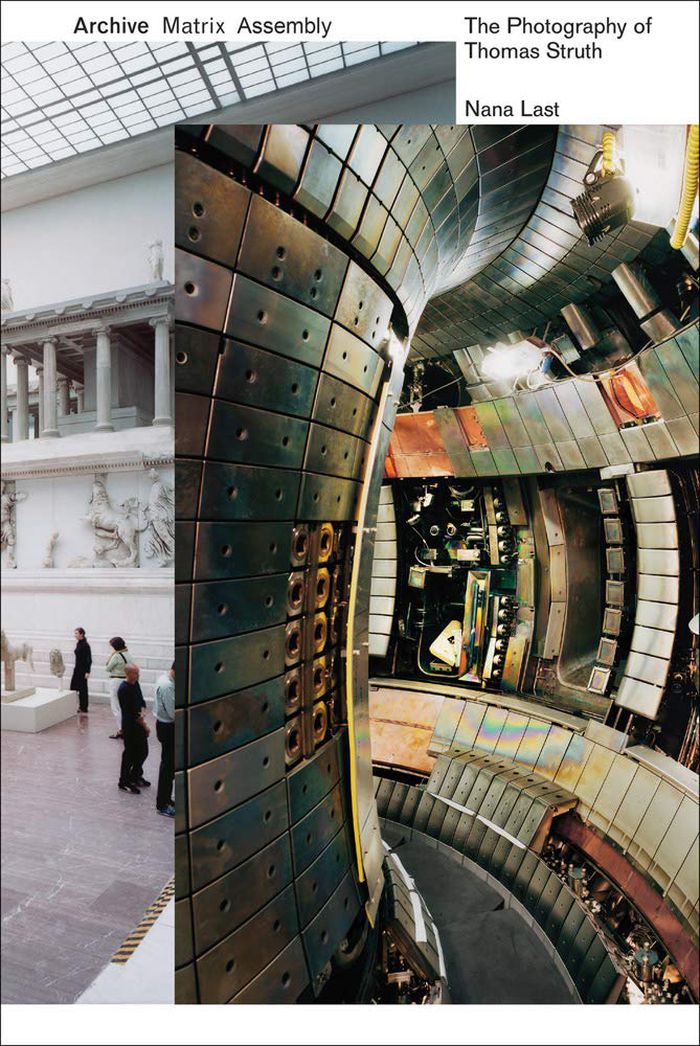$60.00
(available to order)
Summary:
Wittgenstein's House reads Wittgenstein's his two main philosophical texts, Tractatus Logico-Philosophicus and Philosophical Investigations, in relation to an experience that intervened between them: his design and construction of the Stonborough-Wittgenstein house in Vienna. Arguing that the practice of architecture occupies not just a historical position between(...)
Wittgenstein's house: language, space, & architecture
Actions:
Price:
$60.00
(available to order)
Summary:
Wittgenstein's House reads Wittgenstein's his two main philosophical texts, Tractatus Logico-Philosophicus and Philosophical Investigations, in relation to an experience that intervened between them: his design and construction of the Stonborough-Wittgenstein house in Vienna. Arguing that the practice of architecture occupies not just a historical position between Wittgenstein's early and late philosophy, but a conceptual position as well, the book demonstrates that Wittgenstein's practice of architecture constitutes a fundamental component in the development of his philosophy of language from its early to late phases. The book advances the radical proposition that the field in which architecture and philosophy operate includes linguistic and spatial practices. It develops innovative forms of interdisciplinary analyses to demonstrate that the philosophical positions put forth by Wittgenstein's two main works are literally unthinkable outside of their respective conceptions of space: the view from above in the early work and the view from within constructed by the late work. To examine the manner in which Wittgenstein's practice of architecture insinuated itself into his philosophy, the author interweaves in-depth analyses of the spatial constructs underpinning the early and late philosophies with conceptual, formal and operative discussions of the design of the Stonborough-Wittgenstein house. Together these discussions reveal how Wittgenstein's practice of architecture engaged philosophical concepts, through which it influenced Wittgenstein's philosophy of language. At the heart of this approach is the finding that the philosophical concepts at the core of Wittgenstein's philosophy areindeed spatial ones, including his concerns with the limits of language, the boundary between showing and saying, the intricate textual numbering systems he devises, the relationship between the interiority of the subject and the publicness of language, and the formative principle of family resemblance.
Architectural Theory
$45.95
(available in store)
Summary:
The book presents a unique, evolutionary understanding of Thomas Struth's work, proposing that it has established three stages of production: archive, matrix, and assembly. Together the three stages form a developmental system that characterises the individual photographs, their relation to their subject matter, and how they form larger, significant collections of images.(...)
Archive, matrix, assembly: the photographs of Thomas Struth 1978-2018
Actions:
Price:
$45.95
(available in store)
Summary:
The book presents a unique, evolutionary understanding of Thomas Struth's work, proposing that it has established three stages of production: archive, matrix, and assembly. Together the three stages form a developmental system that characterises the individual photographs, their relation to their subject matter, and how they form larger, significant collections of images. In covering all phases of the artist's work, it also develops a comprehensive critical reading of the work, serves as a monograph of the artist, and provides an extensive analysis of the photographs at all stages, including the less discussed, more recent photography, which is placed on par with his earlier work for which Struth first became internationally renowned.
Photography monographs

